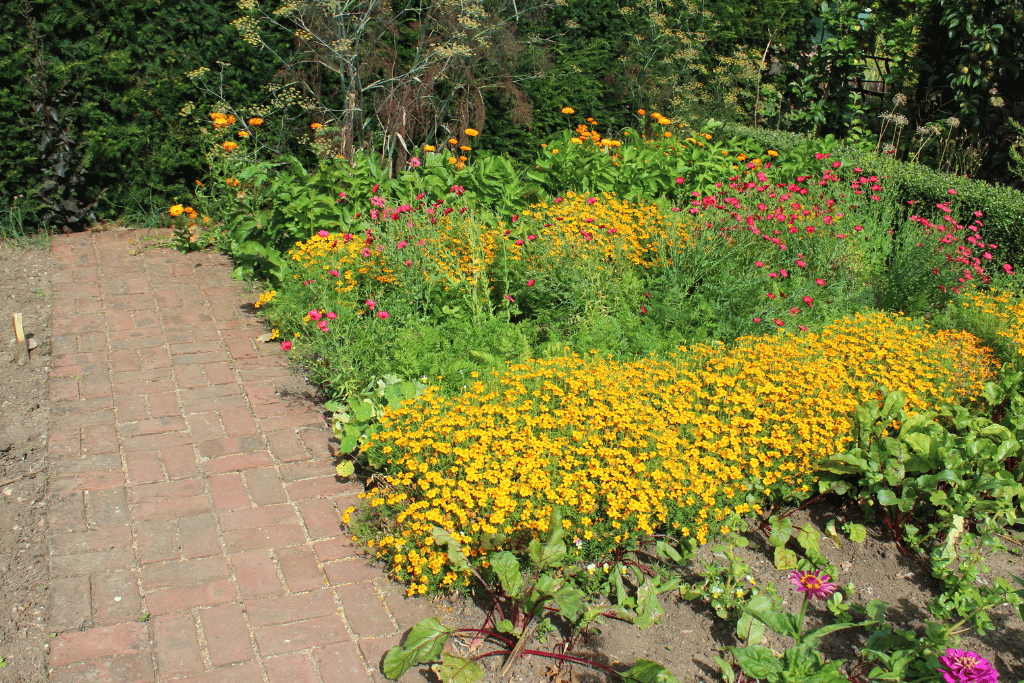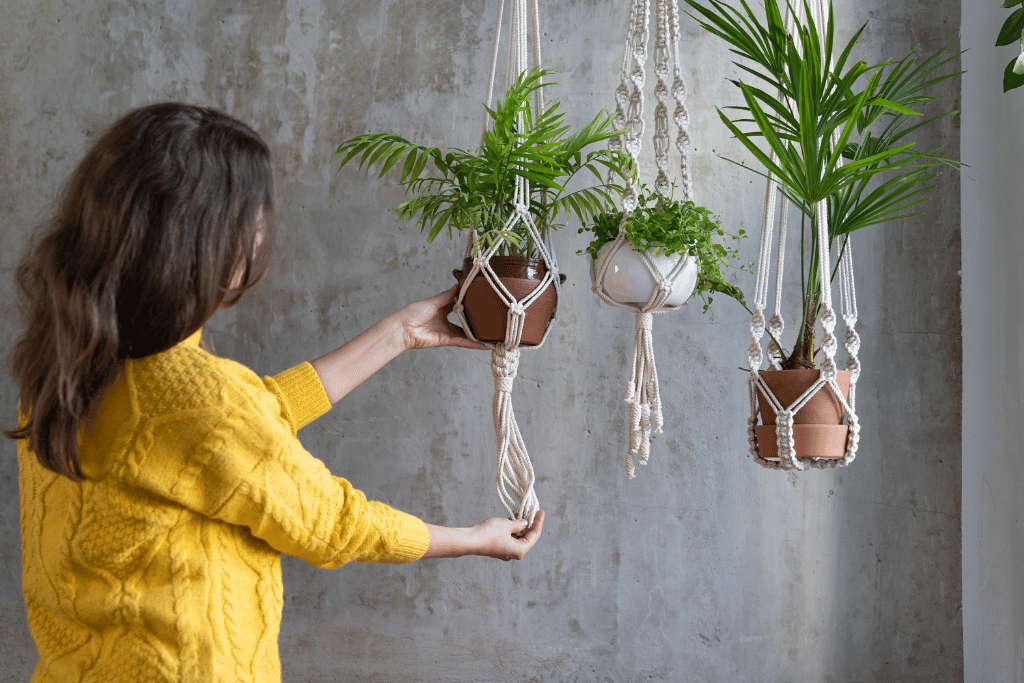Monstera plants are some of the most beautiful and vibrant plants that you can keep in your home. With their signature, large leaf holes, Monstera plants make a great addition to any space. However, when the leaves of these plants start developing brown spots and looking weak, it could be an indication of root rot.
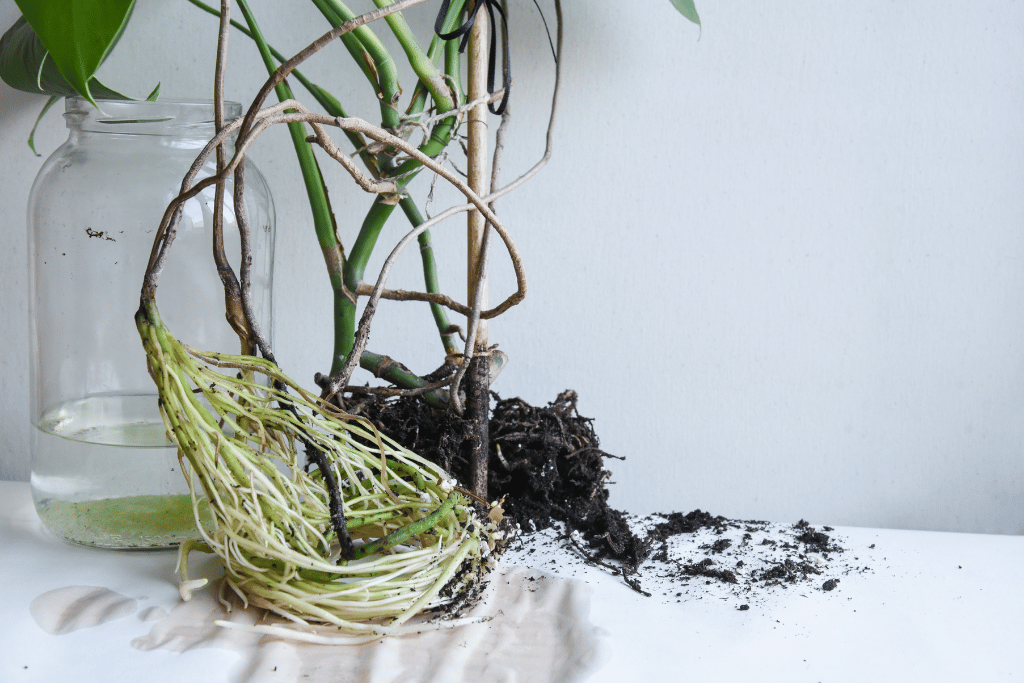
Root rot is a serious plant disease, and Monstera plants are particularly vulnerable to it.
So, taking the right preventative measures is essential if you want to ensure that your Monstera plant stays healthy and vibrant.
In this article, we will discuss how to recognize root rot in Monstera plants and how to fix root rot monstera. So, let’s get started!
First up, Let’s Talk About What Root Rot Is?
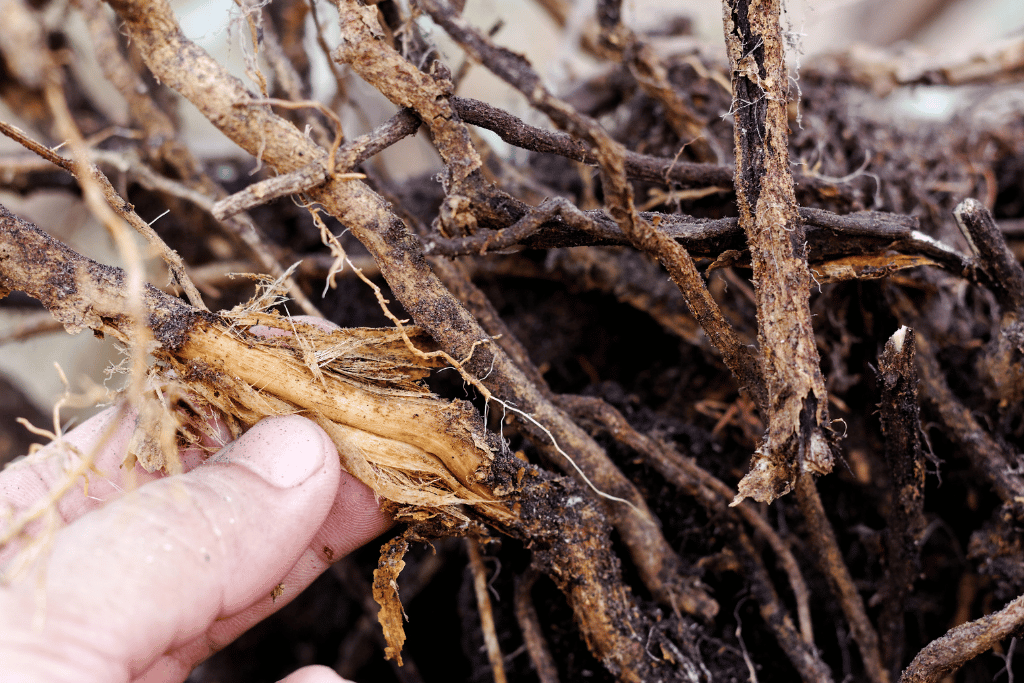
Before we get into the specifics here, we have to address the elephant in the room, root rot.
This is a common problem for plants, and one that can quickly spiral into an even bigger issue if it’s overlooked.
Root rot is something that happens when the roots of a plant are sitting stagnant in water, or overly moist soil for an extended period of time. As a result, fungal organisms and bacteria start to take root, creating an environment where they can thrive and quickly spread. This leads to rotting roots that give off a foul smell, as well as affect the overall health of the plant.
Root rot can be a difficult problem to tackle, as it will take time for the fungal organisms and bacteria to be eliminated from the roots of your plant. It’s best to try and prevent root rot in the first place by making sure that you take care of your monstera plant and catch any signs of root rot before they get too serious!
What Exactly are the Signs of Root Rot in a Monstera Plant?
Root rot might be a fairly simple concept, but it doesn’t just present itself in the roots. There are lots of signs your Monstera may be suffering from root rot.
If you think your Monstera is showing any of the following signs, then it might be time to act quickly and get to the bottom of the problem before it’s too late, which is why it’s important to know what does root rot look like in a monstera plant!
Here’s everything you should watch out for to check if your monstera has root rot:
Sunken leaves:
When the leaves on your Monstera start to sink or they become discolored, this is a sign that the plant has root rot because the roots can no longer absorb enough water and nutrients.
Brown spots on leaves:
If you notice brown spots that look like they have been burned onto your Monstera’s leaves, this could be a sign of root rot due to a lack of nutrients being absorbed by the plant.
Wilting:
Wilting leaves are never a good sign. If your Monstera’s leaves start to wilt, this could be an indication of root rot. The roots of the plant might not be able to absorb enough water and nutrients for it to stay hydrated.
Poor growth:
If your Monstera’s growth has slowed down or stopped completely, then this could be a sign of root rot due to the lack of nutrients caused by decaying roots. If the roots aren’t healthy, then the plant won’t be able to survive and thrive.
Bad smell:
If you notice a bad smell coming from your Monstera’s rooting system, this could be an indication that there is rot present in the soil. The smell will usually be worse when you dig into the soil, so it’s best to take a look and see what’s going on.
Fungal growth:
Fungus growing on the surface of your Monstera’s roots or soil can also be a sign of root rot, so keep an eye out for any signs of fungal growth. While it might seem like a minor issue, it can actually cause significant damage to your Monstera if not taken care of.
If you think your Monstera has root rot, it’s important to act quickly. Root rot can spread quickly, so the sooner you identify the root rot problem and take steps to fix it, the better chance you have of saving your plant!
What Causes Root Rot in a Monstera Plant?
While the word “root rot” might make it sound like something massive that has to happen on its own, it’s actually something that can be caused by a few different things that you might accidentally do and not catch!
Here are some of the most common issues that can lead to root rot in your monstera plant:
Overwatering: When you water too often or when the soil is not being properly drained, the moisture content can be too high and cause rot. To make sure you’re watering correctly, check the top layer of soil and only water if it’s dry.
Poor drainage: Not having a well-draining pot can lead to water getting stuck at the bottom, which in turn causes bacteria and other infections to take root. To avoid this, make sure the soil is loose enough and add something like sand or perlite to ensure that it drains properly.
Using the wrong pots: When the pot is too big for your monstera, the water takes longer to evaporate, and the soil becomes too damp. To avoid this, make sure you choose a pot size that allows air to flow and your soil to dry quickly.
Low temperature: Monsteras can be affected by temperatures below 50 degrees Fahrenheit which can lead to soggy soil and infected roots.
Insufficient sunlight: Not getting enough light can cause the soil to remain damp, so make sure your Monstera is getting 5-8 hours of bright indirect sunlight per day.
These are all things you can easily avoid if you’re conscious of what you’re doing with your plant! The key is to take notice of how the soil looks and feels, and act accordingly!
How to Prevent Root Rot in Monstera Plants
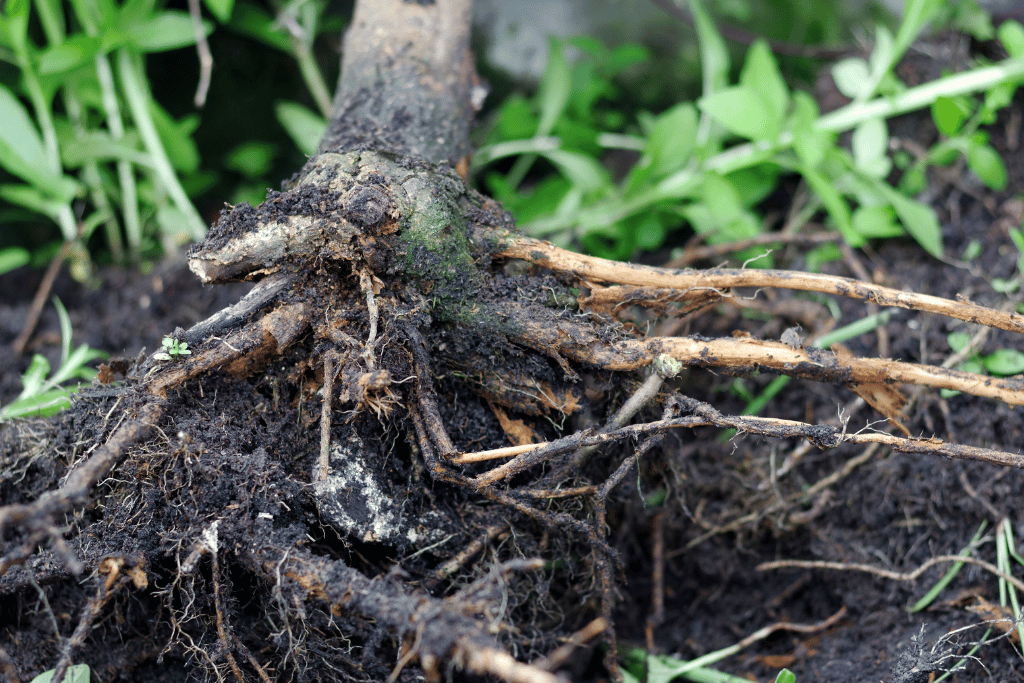
Just because root rot is common, doesn’t mean that you can’t do anything to keep your plant from developing it!
Let’s go over the simple precautions you can take to make sure that your plant doesn’t fall victim to it!
- Make sure the pot has proper drainage holes and replace any pot without them.
- Change the soil for Monstera plant every one-and-a-half years with a better mix.
- Disinfect pots before reusing them with vinegar or alcohol, and let them dry in the sun.
- Use a potting mix that drains well and holds moisture well, adding an organic mix of moss or coco coir to ensure it is perfect for your Monstera.
- Make sure the first two inches of soil are dry before re-watering.
- Add neem oil to your soil for extra protection.
- Keep an eye on your plant to make sure it doesn’t show any signs of root rot.
How to Save a Monstera Plant After Root Rot?
Root rot might just be one of the most serious things that can happen to your monstera plant, but that doesn’t mean that once root rot sets in there’s nothing at all you can do about it. There’s actually a lot you can do to save the plant and restore it to full health!
Here’s a step by step guide of what you need to do to save a monstera plant after root rot!
- Begin by removing the plant from its current pot and disinfecting it with a 10% bleach solution. Make sure to cover the roots with a plastic bag to protect them from the solution.
- Remove any damaged or mushy roots with a sterilized knife and discard them. Allow the remaining roots to air dry in the sun for several hours before proceeding.
- Prune away any yellowing or infected leaves and stems, ensuring that you use a sharp, sterilized knife for this step as well.
- Repot the Monstera in either a new or freshly disinfected pot, using fresh soil and potting mix. Make sure that your chosen pot has drainage holes to help prevent future root rot issues.
- Place the plant in indirect light so it may acclimate to its new environment and begin growing stronger and healthier.
The Bottom Line:
Root rot is an unfortunate, but common problem that can easily be avoided when taking the right precautions. Be mindful of how you’re caring for your Monstera, and make sure it is getting enough light, drainage, and water to keep it healthy and happy! If you do find yourself dealing with root rot, follow the steps above to save your plant and get it back to good health!


